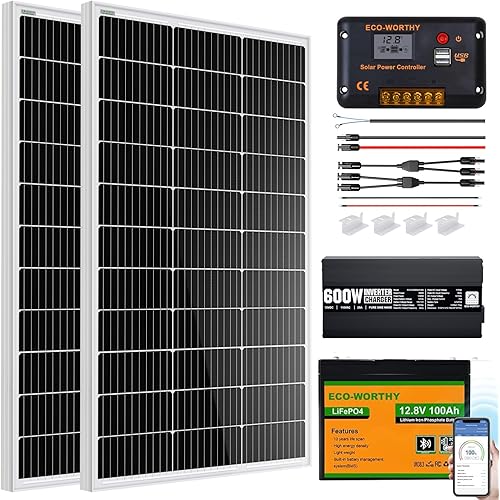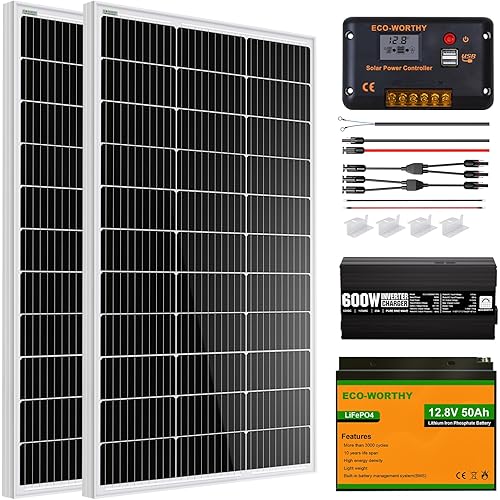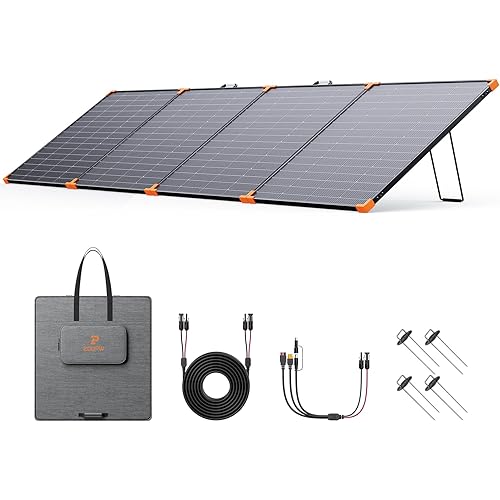Y&H 1000W Grid Tie Inverter Stackable MPPT Pure Sine Wave DC30-45V Solar Input AC90-140V Output for 24V 30V 36V PV Panel






Buy Now, Pay Later
- – 6-month term
- – No impact on credit
- – Instant approval decision
- – Secure and straightforward checkout
Ready to go? Add this product to your cart and select a plan during checkout.
Payment plans are offered through our trusted finance partners Klarna, Affirm, Afterpay, Apple Pay, and PayTomorrow. No-credit-needed leasing options through Acima may also be available at checkout.
Learn more about financing & leasing here.
Selected Option
This item is eligible for return within 30 days of receipt
To qualify for a full refund, items must be returned in their original, unused condition. If an item is returned in a used, damaged, or materially different state, you may be granted a partial refund.
To initiate a return, please visit our Returns Center.
View our full returns policy here.
Recently Viewed
Size: 24V Solar Panel Voc38-46V
Features
- Grid Tie Inverter MPPT range: 26V - 36VDO NOT use solar controller load ports to connect to the inverter
- Solar Grid Tie Inverter-Vmp(of a solar panel) must be in the MPPT range to ensure the good output efficiencyGrid Tie Inverter cannot work, please contact Yong Hui merchant
- Grid Tie Solar Inverter-Creative MPPT technology,efficiency more than 99%Please do not use other voltage input, for example: (20V) or(45V) Please use 200W-1000W solar panel (Voc36-46V)
- Grid Tie Micro Inverter-Adopting high-frequency isolation transformer type, high efficiency Each time you move the inverter, tighten the DC connection terminals. Avoid short circuit of DC terminal due to loose connection
- Please note: Do not use it together with a bidirectional meter in the local power grid. This is because the excess power from the inverter will be fed back into the grid, resulting in increased electricity costs. For a bidirectional power grid, we recommend using our SUN-Inverter series.
Brand: Y&H
Power Source: Solar Powered
Wattage: 1000 watts
Model Name: Y&H Grid Tie Inverter
Color: Silver
Product Dimensions: 13 x 6 x 3 inches
Item Weight: 5.38 pounds
Item model number: GTI-1000W-36V-110V-S
Is Discontinued By Manufacturer: No
Date First Available: May 8, 2017
Manufacturer: Y&H
Country of Origin: China
Frequently asked questions
To initiate a return, please visit our Returns Center.
View our full returns policy here.
- Klarna Financing
- Affirm Pay in 4
- Affirm Financing
- Afterpay Financing
- PayTomorrow Financing
- Financing through Apple Pay
Learn more about financing & leasing here.
Similar Products
Top Amazon Reviews
























